According to statistics, approximately 3.9 million tons of PET, LDPE, HDPE, and PP plastics are consumed in Vietnam annually. However, only 1.28 million tons (about 33%) of this amount is collected for recycling (according to CFR). This means that up to 2.62 million tons of plastic are discarded, resulting in the loss of over 75% of the material value of plastics, equivalent to approximately 2.2 to 2.9 billion USD each year. This situation implies that we are trending toward unsustainable plastic consumption, leading to the waste of valuable resources and causing serious environmental impacts.

Vietnam wastes 3 billion USD each year because of not recycling plastic (according to the World Bank)
Why does this happen?
The causes leading to the low recycling rate of plastic in Vietnam can be attributed to: (1) The value of plastic is not highly regarded; (2) Limitations in investment policies; (3) Inadequacies in waste sorting at source.

——————
Text inside image:
RECYCLING ABILITY OF PLASTIC TYPES
1
PETE
PET is a material that can be completely recycled from a used bottle to a new bottle. The life cycle of PET plastic bottles follows the bottle-to-bottle recycling technology.
2
HDPE
HDPE is almost non-degradable and creates hazardous substances for the natural environment. They can be completely recycled and used as virgin plastic.
4
LDPE
LDPE can be recycled but not completely. Hard plastic bottles can be recycled into other items, while plastic bags (plastic bags) and cling film are often not collected and recycled. So reuse LDPE at least a few times before discarding.
5
PP
PP plastic can be recycled, however, nowadays only 1% of the PP produced is recycled, because the cost of recycling PP is quite high and their applications are usually small items and combined with other materials such as bottle caps, toothbrushes, razors, which make it difficult to collect and sort.
————————
What can UEHers do to increase plastic recycling rates?
Join in waste sorting at the UEH Go Green Station. UEHers and the community should adhere to the waste sorting principles according to the 3-model or 7-model which are set up at UEH Campuses and Vinh Long Campus. Recyclable waste, once sorted correctly, will be directly connected by UEH with processing partners to recycle waste into new resources.

Text inside image:
Classifying waste isn't hard, Zeen has got it covered!
Scan the code for Zeen to guide you!
Recycled Products from Waste
As a UEH student, you are absolutely familiar with the phrase "waste sorting." Have you ever wondered what products can be recycled from sorted waste? If not, let’s explore the recycled products below with Zeen; you are guaranteed to be surprised!
- Plastic bags are recycled into fabric bags, laptop cases, and charming pencil holders
- Plastic cups are transformed into furniture, helping to reduce the demand for wood and forest exploitation
- Fragments of glass are no longer buried; instead, they are recycled into plant pots and wall art
- Organic waste becomes a nutritious source for plants

Let’s find out with Zeen what wonderful outcomes our waste sorting efforts can bring!
Text inside image: just by sorting trash, you can help...

Plastic bags can be recycled into useful and familiar items in our life.
Text inside image:
Helps save a large amount of water to grow cotton
Colorful plastic bags that are cleaned and sorted will become:
-
Pretty tote bag
-
Laptop's loyal friend
-
A place to store efforts
Collection point for plastic and recyclable waste: Limart Zero Waste

Waste, after being sorted, can become a source of raw material for various different fields.
Text inside image:
Helps reduce the need for land and reduce pollution.
Garbage after being sorted according to standards will be sent to processing facilities, reducing the amount of garbage that has to be buried in landfills, causing waste and pollution.
-
Recycled pots from cartons
-
Artwork from broken glass pieces
-
Organic waste combined with soil will become a good source of nutrients for plants

Reduce the burden on forests and become useful furniture and decorative items.
Text inside image:
Helps reduce the need for logging and deforestation.
From these plastic items that are cleaned and sorted will become:
-
A unique chair
-
A sturdy wall
-
A minimalist table
The above products belong to the Precious Plastics project and in Ho Chi Minh City there is the PLASTICPeople project.
Moreover, do you know that, with the current rate of extraction and consumption, the world's oil reserves will last only 53 years, natural gas for 55 years, and coal for 113 years? In Vietnam, if we maintain the current extraction rate, oil will last only 34 years, natural gas will last for 63 years and coal will last only 4 years. Fossil fuel resources are gradually depleting; it is time for us to switch to using alternative, clean, and sustainable energy sources.
Therefore, recycling aluminum cans is one solution that contributes to solving this issue:
- Recycling 1 aluminum can provide approximately the energy needed to run a TV for 3 hours.
- Recycling 2,925 aluminum cans provides approximately the energy needed to run a TV for a year.
This is the time for us to take action, for a better future.

---------------------------------------
UEH Green Campus - Green Monday Series “Monday to be better and greener” is part of the UEH Green Campus project, sharing the latest, most interesting, and important updates on the environment, sustainable living, and UEH’s Green University policies. Our goal is to build a community that works together for a greener university in every aspect.
“It’s time to go green” - If you’re unsure where to start your green journey, begin with Monday - every week!
News & Images by: UEH Green Campus Project






